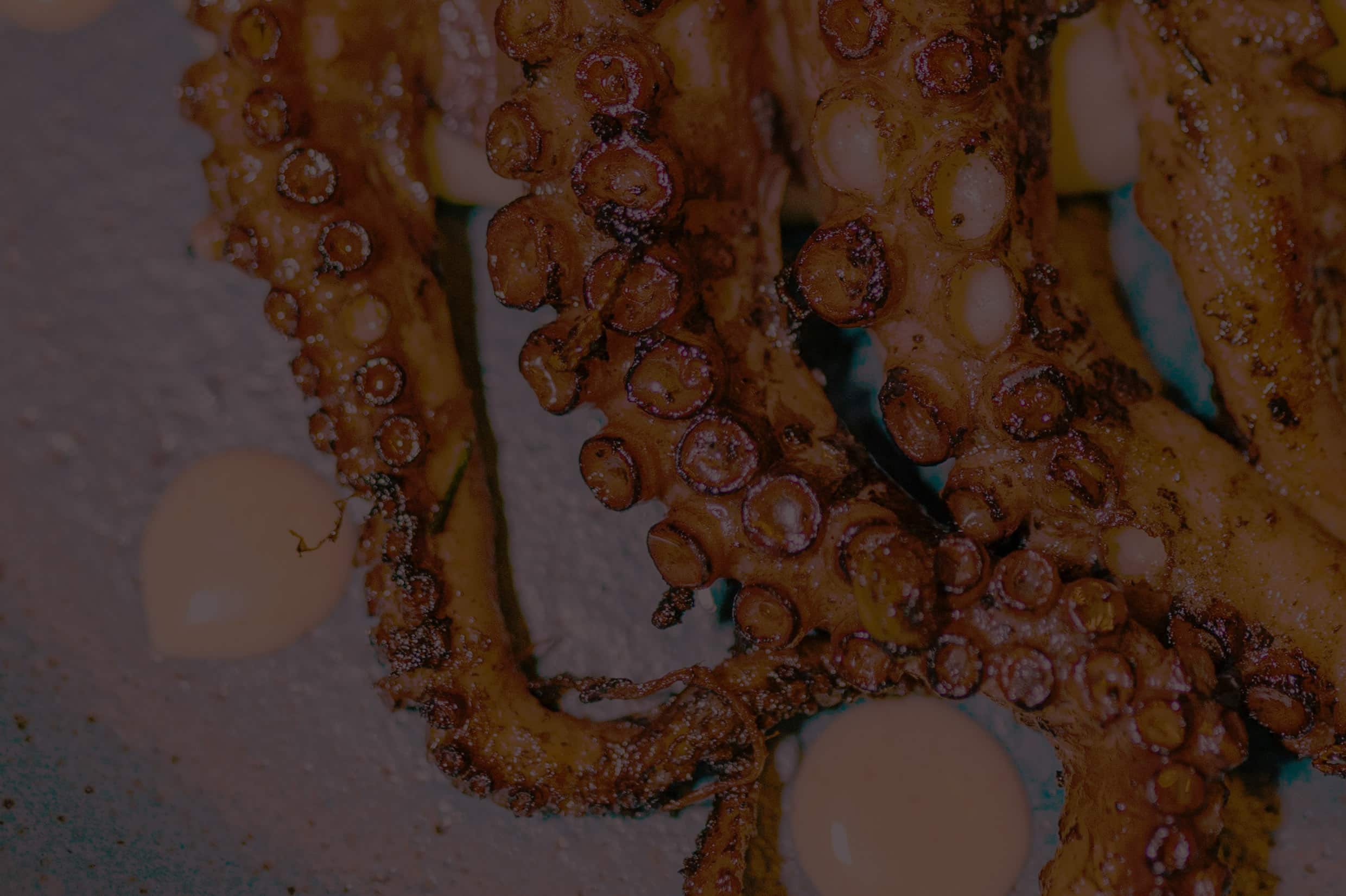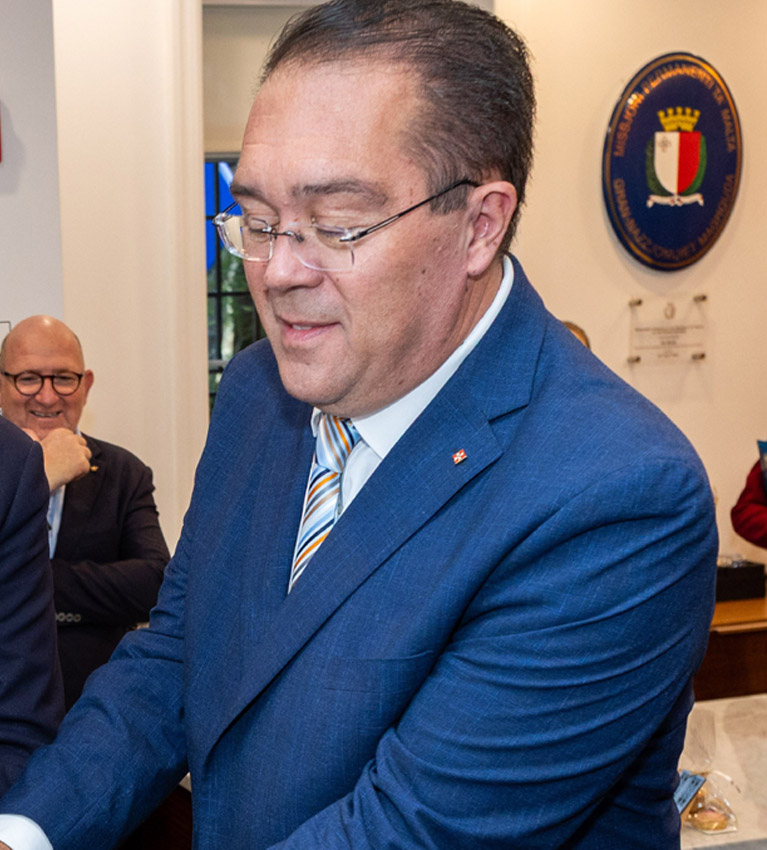
Cuisine is still the Number One Driver among Travellers Everywhere

Dr Charles Mangion appointed new Chairman of the Malta Tourism Authority
February 14, 2025
Maltese Team Successfully Debuts at the World Championship of Blind Tasting
February 15, 2025Part 1: Aspects, trends and features of the 2023/24 World Report on Culinary Tourism – WFTA.
As was stated in previous issues of this magazine, Culinary Tourism has over the years evolved into a major global market. It has been reported by various culinary travel associations, that the size of the global culinary tourism market was valued at $820 billion in 2023 and is projected to reach $2,934 billion by the end of 2032, exhibiting a strong compound annual growth rate (CAGR) of approximately 18% from 2024 to 2032.
This growth can only be achieved, through thorough Strategy and Action Plans which are underpinned by three key values:
Commitment; Collaboration and Communications.
These three values are the foundation for a sustainable approach on a national basis, to the development of any culinary tourism sector.
Commitment.
Done properly, culinary tourism tells the story of the heritage, the people and the landscape of a geographic area. It reflects 'place', enriches experiences, and can be a valuable tool to boost economic, social and community development.
Thus, Culinary tourism includes any tourism experience in which one learns about, appreciates, and/or consumes food and drink that reflects the local, regional, or national cuisine, heritage, culture, tradition or culinary techniques.
Collaboration and Communication.
Virtually any tourism experience is enriched by food and drink. Culinary tourism can play a pivotal role in preserving cultures, thus culinary experiences in any form are about showcasing food culture - ranging from local farming techniques and indigenous produce and ingredients to age-old cooking methodologies and generations-old recipes.
Hence we come to our previous definition of culinary travel and tourism as one that produce a tangible situation of:
A Taste of Place to Get a Sense of Place.
By taste of place we mean memorable experiences that bring to life the story behind the food and drink of a specific geographical area. The natural ingredients and intangible elements such as hospitality of the local people, that contribute to the experience of food in an area that create and contribute to a unique taste of place with a sense of place, as one would be living the experience fully.
A rising interest in local food and infrastructure.
Studies and personal travel experiences indicate that, generally consumers are showing an increase in interest in local foods. There are multiple reasons for this rise in interest:
- A belief that local foods are more environmentally-friendly, especially when one considers the carbon footprint of transportation of food products,
- A feeling that food quality may be higher with local food and that, especially locally grown foods is less likely to have contaminants than some imported foods
- The belief that local food are fresher and thus taste better, and
- The desire to support local sourcing industries such as: farming; fisheries; and local food producers.
- Local infrastructure: viz- the availability of quality accommodations, road signage, car parks and other infrastructure will influence consumers’ decisions to take advantage of the culinary offerings of various regions. While some regions have an adequate supply of these key facilities, others do not. In this case the Maltese Islands are considered as one region, with various culinary offerings in certain specific localities.
- The art of cooking should adapt itself to our times. Let us be creative, let us be open to visiting ethnic cultures, but let us preserve our beautiful traditions and adapt them to modern times.
Top trends in Culinary Travel in 2024
Following are the top ten trends that were identified by the World Food Travel Association from interviews with experts during the preparation of the State of the Industry Report for 2024.
1. The Commodification of Authenticity.
Today, many experiences that are labelled authentic” are in fact no longer authentic. According to research, the terms “local” and authentic” have become so overused in culinary destination marketing that, that they are now dissonant and no longer have the influence over travellers that they once had. Many destination marketers and business owners miss the point that food-and-beverage loving travellers want to experience the local culinary heritage.
2. A Hyperlocal Focus:
More than ever, food loving travellers are focused on a hyperlocal experience. What do we mean exactly by this? At the very minimum, it means travellers are interested in purchasing local food and beverage products.
A subset of the hyperlocal focus that are being seen is an interest in discovering indigenous cuisines and ingredients which can be rare to find and seasonal like the black and white truffles of Alba, Italy, which enhance and produce a unique flavour in certain dishes; Perinaldo artichokes of Liguria; Formby Asparagus of Formby (near Liverpool) in the United Kingdom; or the Ermelo orange of Arcos de Valdevez, Portugal.
These are all special indigenous, natural products which are very seasonal and quite rare to find outside their specific area of cultivation (natural or human plantings).
Going one step near to home, in highly enjoyable and easy to find indigenous cuisines, rather than just single ingredients, well sought after local food in Malta are: Pastizzi; Ftira and fresh, Maltese bread with extra vergine olive oil, chopped tomatoes and capers; Bigilla- a local bean dip); Traditional Aljotta (fish soup); Soppa tal-Armla; Torta tal-Lampuki; Rabbit stew; Imqaret –date cakes, among various others.
These are very delicious dishes and delicacies which are all produced from locally grown, produced or sourced ingredients which are a byword in local cuisine and diets.Various high quality wines. produced, from locally grown grapes are also sought after.
3. AI is here whether we like it or not.
AI (artificial intelligence) is already making an impact on tourism. For example, AI can be used by travellers to make flight and hotel reservation, search for new destinations to visit, help to resolve issues, as well as research restaurants. There is much concern that AI will replace travel counsellors, however, or travel counsellors who handle large groups and complex itineraries, their careers are safe for now. Putting together a gastronomy itinerary is not merely adding in restaurant stops.
The Culinary travel industry needs to learn how to embrace this electronic genie. If not, the predicted demise of many jobs could well become a reality. Retraining for this reality is a must, and although the human touch is still hard to replicate with a machine, preparation for the change must be taken into account now, so that will not catch the travel industry in general off guard
Stay tuned for Part 2 in Issue 19.

Reno Spiteri is currently the WRMC Executive Director. He is qualified as a professional engineer and holds a Degree in Project Management and Marketing. He is also qualified in Wine & Spirits studies having undergone advanced courses of study with the WSET and the Society of Wine Educators; and is a Professioel du Vin with the Chaine des Rotisseurs of Paris. Reno is also a Certified Culinary Travel Professional through the World Food Travel Association of the USA.
The Wines & Restaurants of Malta (WRMC), was created in 2009, after the success that was achieved with their social media group on Facebook which started in 2004. The mission of the WRMC is to inspect, assess, and award restaurants for the highest dining experiences depending on style and category.
For more information visit https://winesandrestaurantsofmalta.com/
Click here to see Horeca Issue 18 online




